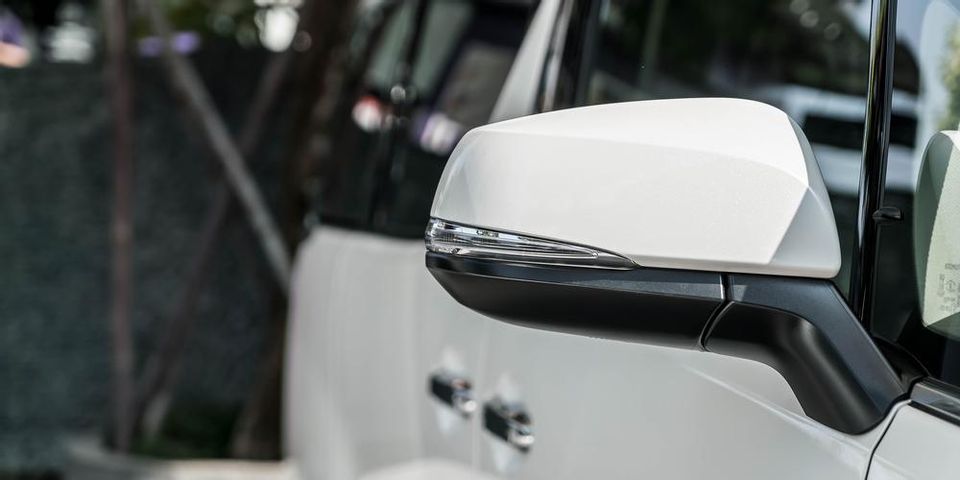
Your car is an investment, and as such, it’s only natural you want to keep it in tip-top shape. As the team at Puma’s Auto Care in Brooklyn, NY, explains, conducting a regular DIY car inspection can help you identify when you should see a mechanic before a minor maintenance issue gets out of hand.
Check the following areas of your vehicle during your car inspection:
- Tires: In general, it’s recommended you examine your car tires on a monthly basis. A visual inspection can help you spot damaged sidewalls, uneven wear, or suspension issues. Use a pressure gauge to check your tire pressure—you don’t want your tires to be over- or under-inflated, as this could contribute to other performance problems. Pay special attention to the tread depth—the easiest way to do this is to insert a penny “headfirst” into the tread. If you can see all of Abraham Lincoln’s head, you need new tires.
 Coolant Levels: Coolant is one of the most important fluids in your car, ensuring the engine doesn’t overheat. You should only check your coolant levels when the engine is cold to avoid burns. Simply look at the overflow tank to see how much fluid you have left. If your coolant is running low, schedule a refill as soon as possible.
Coolant Levels: Coolant is one of the most important fluids in your car, ensuring the engine doesn’t overheat. You should only check your coolant levels when the engine is cold to avoid burns. Simply look at the overflow tank to see how much fluid you have left. If your coolant is running low, schedule a refill as soon as possible.- Oil: You should check your motor oil at least once a month to make sure you have enough and it is still in good condition. Under the hood, you should be able to find a bright plastic ring labeled “Oil.” Pull on the ring to remove the dipstick, wipe it clean, and then reinsert it to check your oil level. If the level is below the “add line,” or if it is black or contains metal flakes, schedule an oil change.
If you’ve identified a problem through your home car inspection, take your vehicle to Puma’s Auto Care. With a professional and dedicated team of mechanics, they will ensure your car gets the service it needs. To learn more, visit them online or call (718) 272-6306.
About the Business
BUSINESS
Auto Body Repair
Puma's Auto Care Inc.
1150 E 92nd St, Brooklyn, NY 11236
Have a question? Ask the experts!
Send your question

